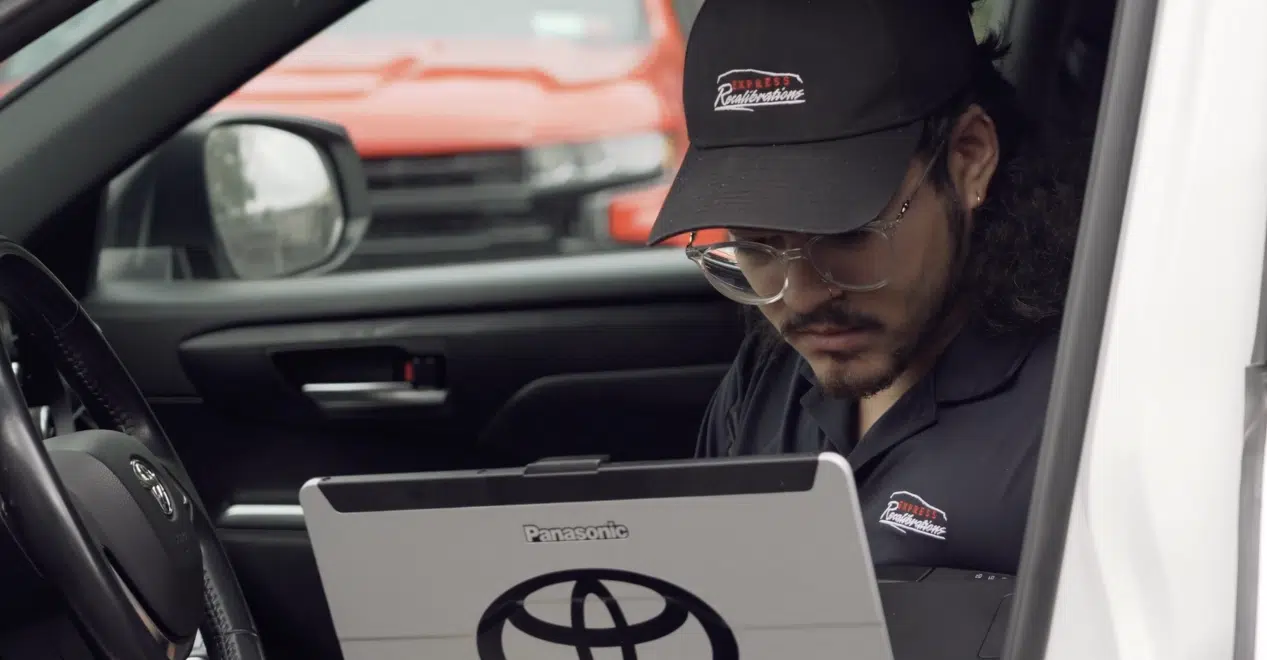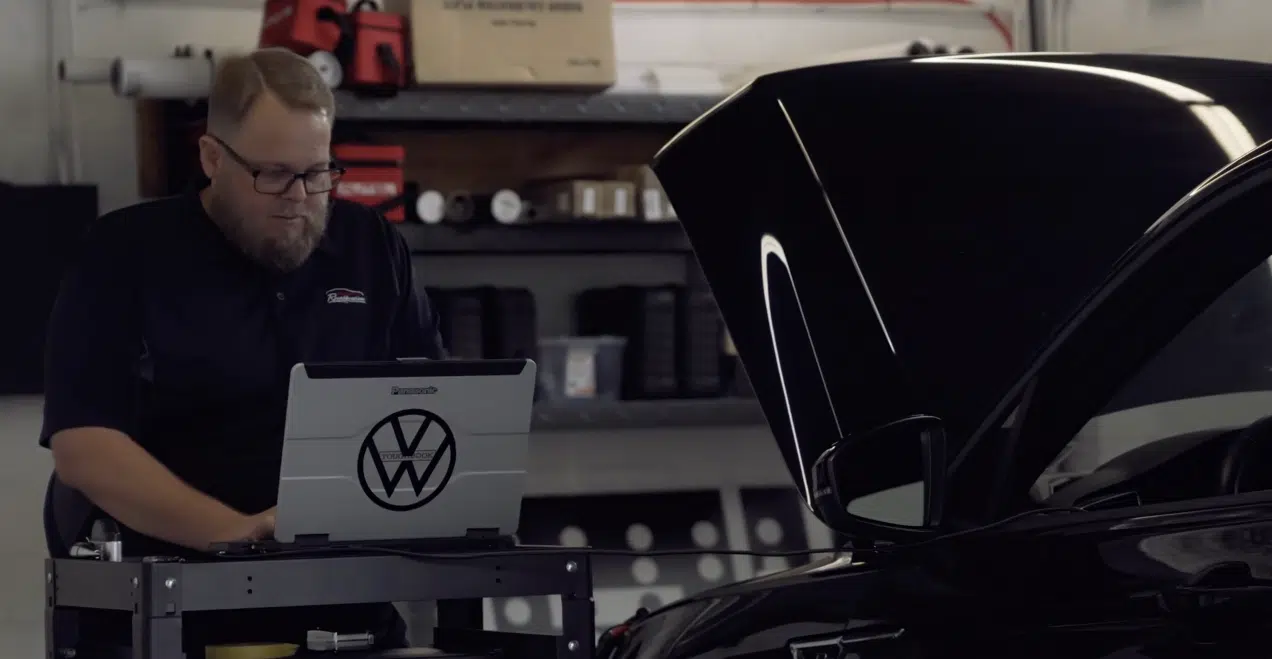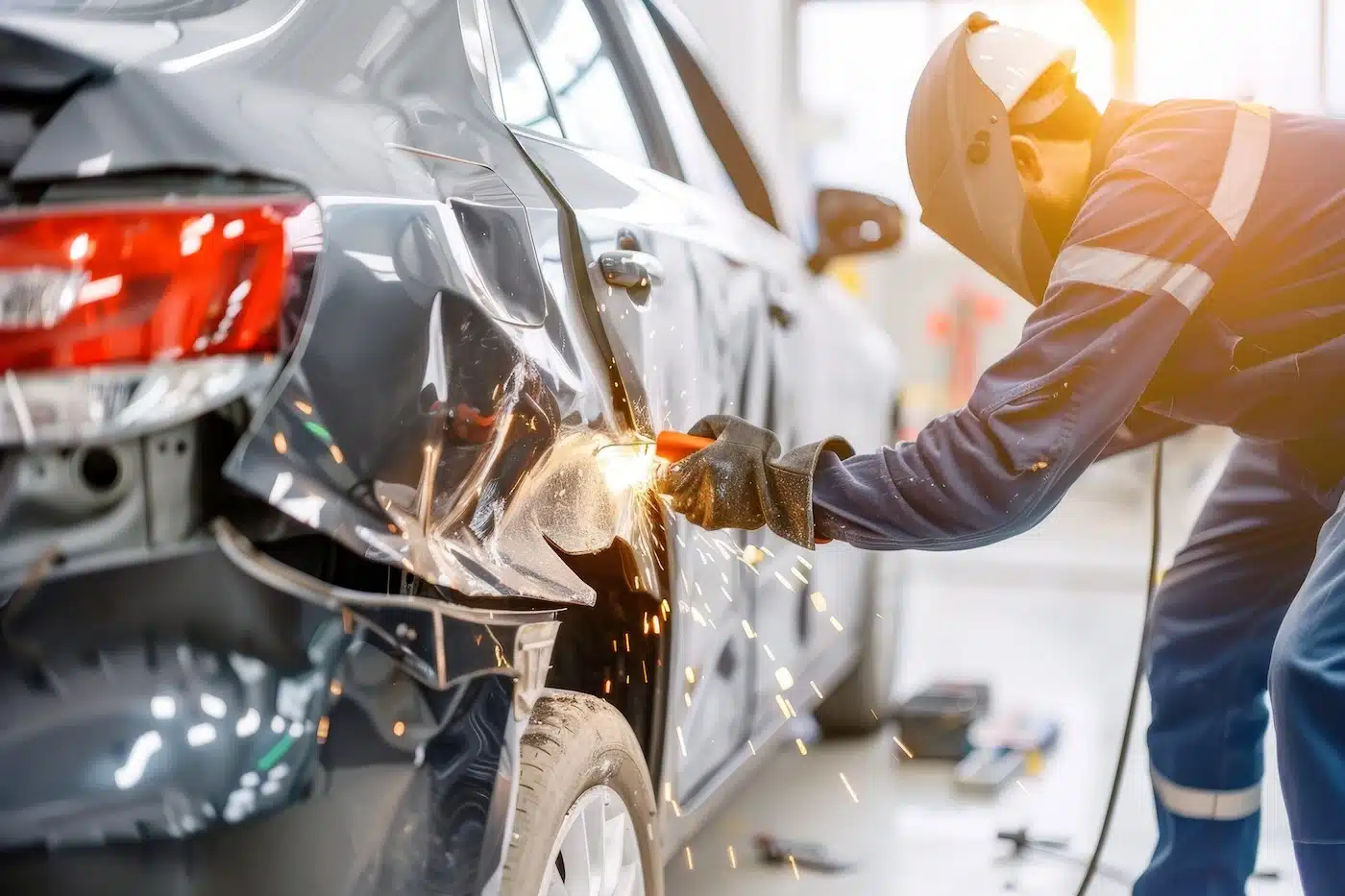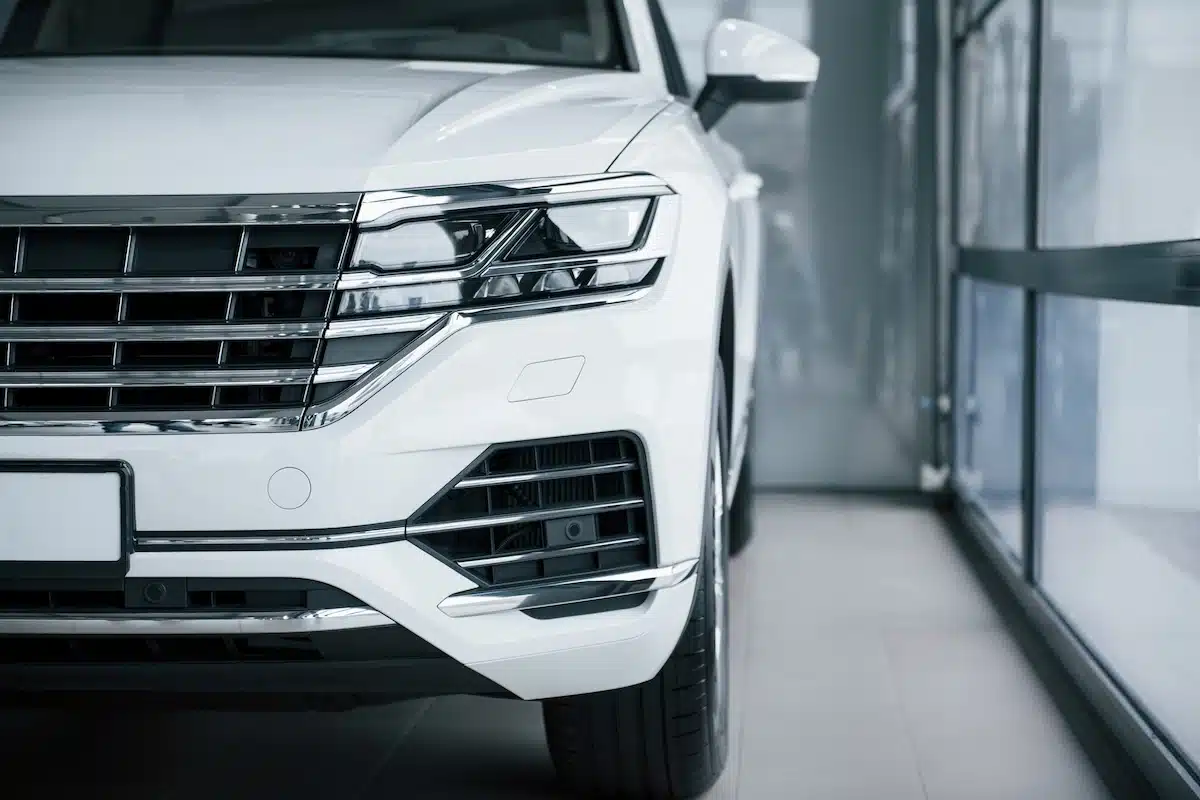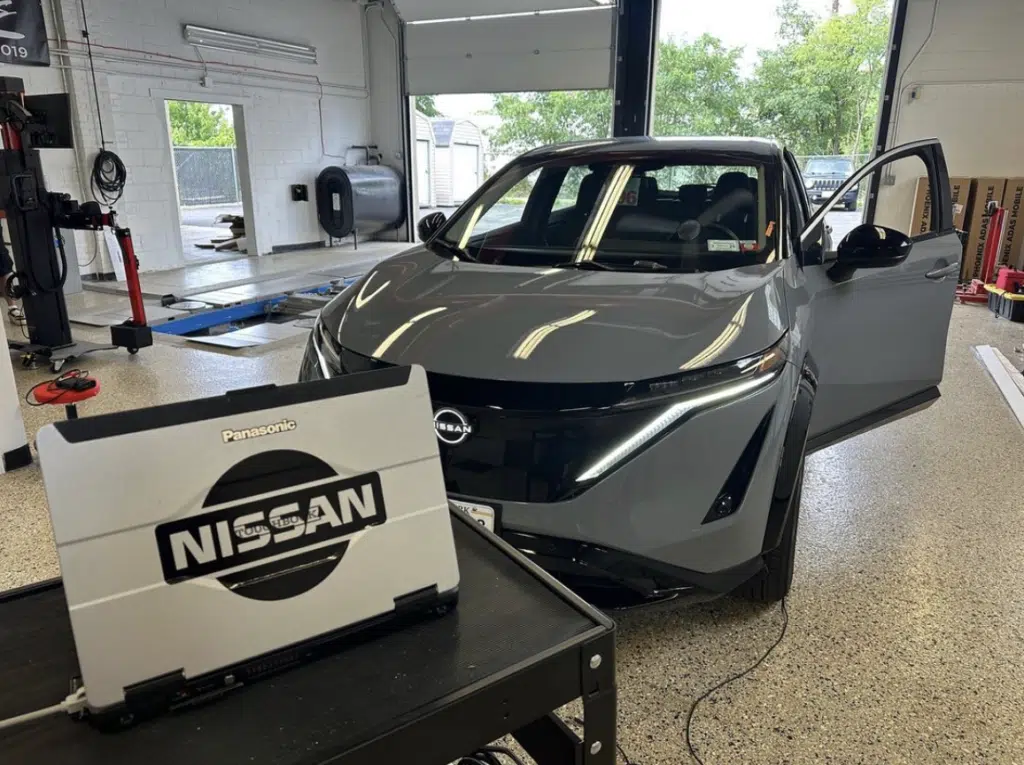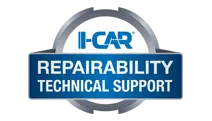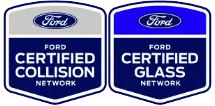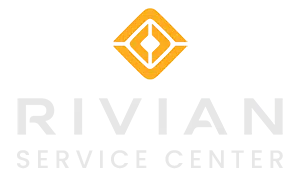If you’ve recently had your windshield replaced or your car was in a collision, your vehicle may need module calibration. Modern cars rely on advanced driver-assistance systems (ADAS) like lane-keeping, adaptive cruise control, and emergency braking — and these systems depend on properly calibrated sensors and modules to work correctly.
What is module calibration in a vehicle?
Module calibration is the process of aligning and adjusting the sensors and cameras that control safety features in a car. This includes radar, lidar, ultrasonic sensors, and forward-facing cameras. Calibration ensures these systems provide accurate data to the car’s computer, so it can make split-second safety decisions.
Why is module calibration important for ADAS systems?
Without accurate calibration, ADAS features may respond late, behave unpredictably, or fail entirely. This puts drivers and passengers at risk. A small misalignment in a camera or sensor can mean the difference between avoiding a crash and causing one. That’s why proper calibration after repairs, replacements, or impacts is critical.
When does a car need module calibration?
- Windshield replacement
- Collision or body repair
- Suspension or alignment work
- Module or sensor replacement
- Tire size or ride height changes
Even minor repairs can affect sensor alignment. If any of the above applies, your vehicle likely needs a calibration check.
What happens if module calibration is skipped?
If calibration is skipped, systems like lane assist or collision warning may malfunction. You could get false alerts or no alerts at all. This creates serious liability risks and compromises safety. Insurance companies are also starting to require proof of calibration after certain repairs.
How long does module calibration take?
It depends on the vehicle and which systems are involved. Some calibrations take under an hour. Others — especially those requiring dynamic (driving) calibration — may take longer. Express Diagnostics uses advanced OEM-approved tools to complete most calibrations quickly and accurately.
What’s the difference between static and dynamic calibration?
Static calibration is done while the vehicle is stationary, using special targets and equipment to align sensors. Dynamic calibration requires driving the vehicle under specific conditions so onboard systems can self-adjust. Some vehicles need one or both methods depending on the make and model.
Why choose Express Diagnostics for module calibration?
Express Diagnostics is trusted by body shops, dealerships, and individual drivers for precise module calibration. We use factory-level tools and follow OEM guidelines for every make and model. Our technicians are trained to detect issues others might miss. And we document everything for insurance and safety records.
How do I schedule module calibration?
Call or visit Express Diagnostics to schedule a calibration today. Our team can often perform calibrations same-day or next-day, depending on availability. We’ll make sure your safety systems are working exactly as they should.
Don’t risk your safety. If your car has had repairs or sensor-related work, schedule a professional module calibration with Express Diagnostics today.

